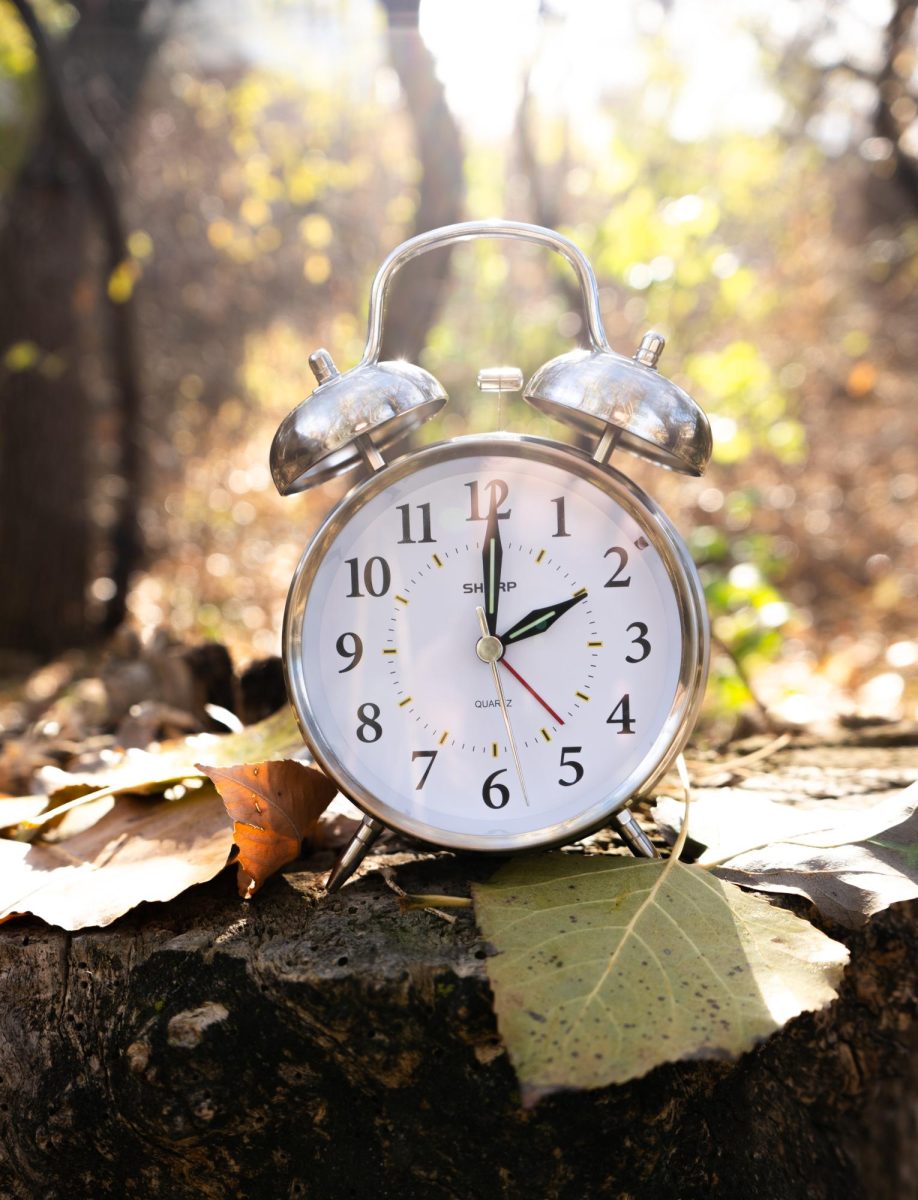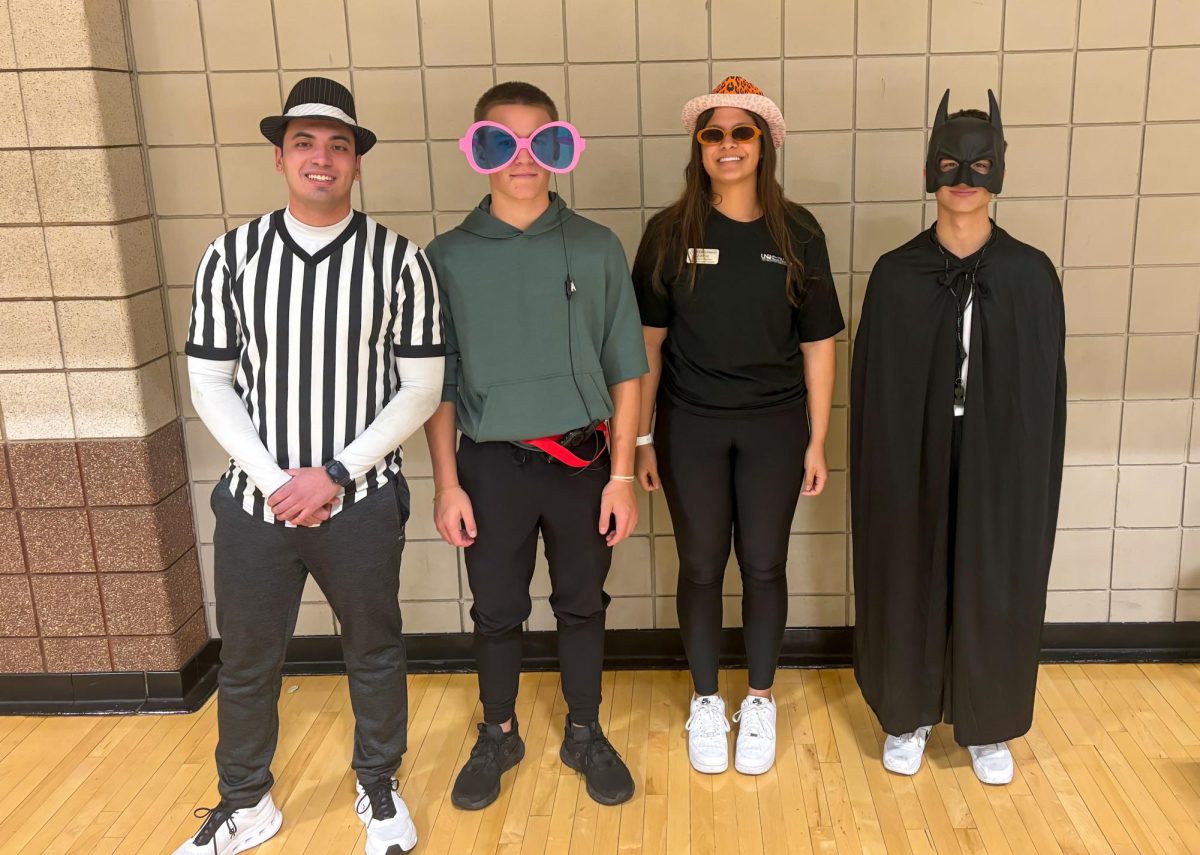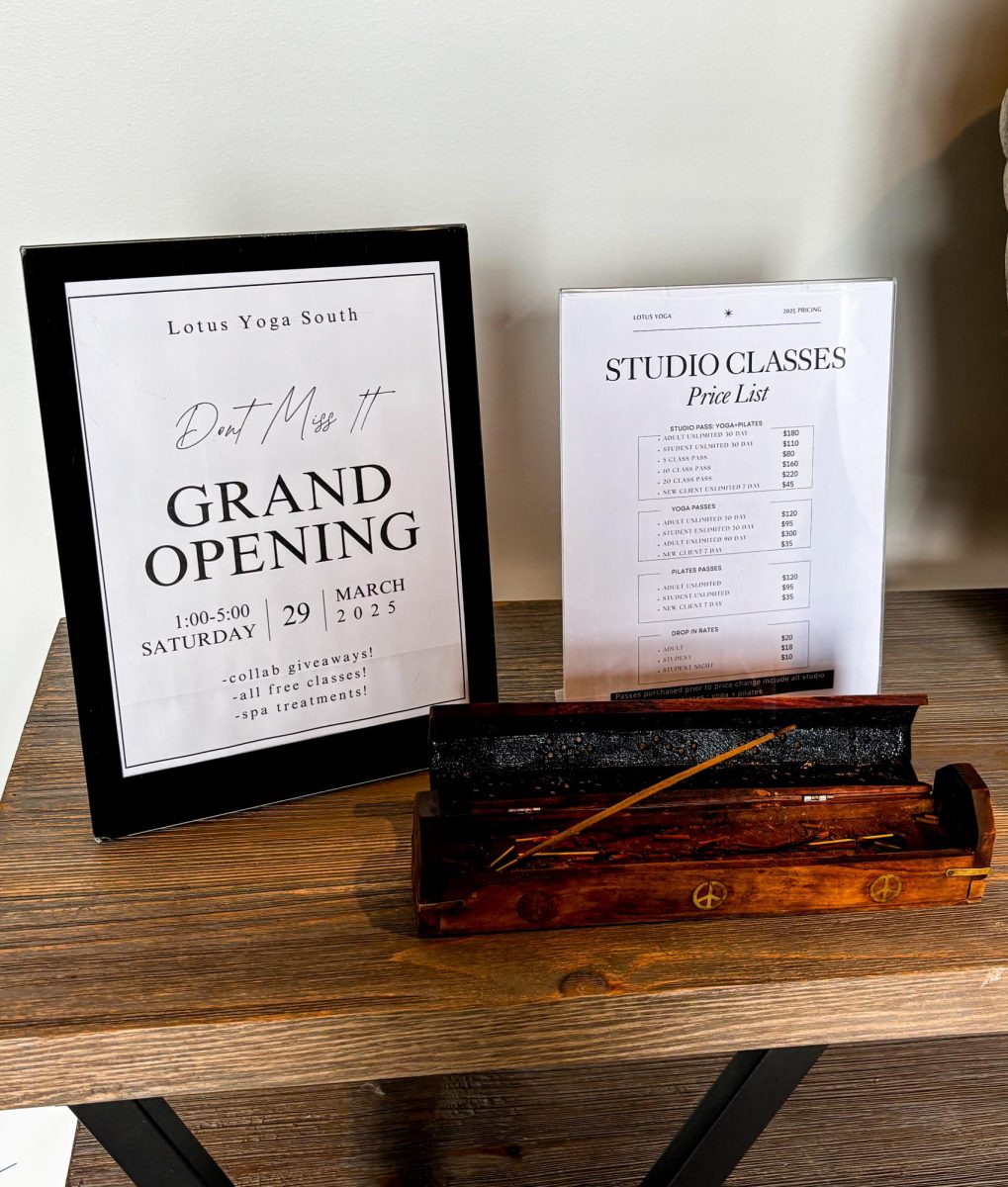Twice a year, Grand Forks residents and individuals across the nation brace themselves for a shift in their clocks. Citizens take advantage of daylight savings time to maximize daylight and save energy. On Sunday, November 3, clocks around the nation “fell” back an hour and residents within affected areas gained an extra hour of sleep at 2 a.m. This change is slotted to remain in effect until the second Sunday in March when clocks reset, and once again, “spring” forward an hour effectively marking the start of daylight-saving time (DST) for the upcoming months to come.
Our society has not always utilized daylight-saving time and the first recordings of province utilizing (DST) took place in Canada in 1908. On July 1, 1908, residents within Canada’s Thunder Bay turned their clocks forward, marking the world’s first (DST) period. Other provinces within Canada soon followed suit, and it did not take long for other parts of the world to catch on and implement their own form of DST into their calendars.
In 1966, President Lyndon B. Johnson signed the Uniform Time Act that standardized time zones across the country and played a big part in the eventual nationwide implementation of daylight-saving time. The principle behind the implementation of (DST) is based off the premise of maximizing the amount of daylight hours across different time zones, minimizing electricity cost and the total strain on the U.S. power grid during winter months.
Although there has been pushback in years past regarding how necessary it is to continue practicing daylight-savings time, it continues to prove to be a standard practice now and for years to come.
Grand Forks residents can expect a few changes for the winter months, as North Dakota’s geographical location causes the effects of shortened daylight hours to be heightened. On December 21, during the winter equinox, the sun is projected to rise at 8:15 a.m. and set at 4:37 p.m., marking just over eight total hours of daylight on the “shortest” day of the year. With winter rapidly approaching, less hours of daylight are forecasted ahead for Grand Forks residents prior to the noticeable lengthening of days at the turn of the new year.
Whether or not you are a fan of daylight-savings time, prepare yourself and your clocks this upcoming winter as we “fall” back into standard time this November.
https://www.timeanddate.com/time/dst/history.html
https://www.foxweather.com/lifestyle/the-history-of-daylight-saving-time
Daniel Silva is a Dakota Student General Reporter. He can be reached at daniel.silva@und.edu.










